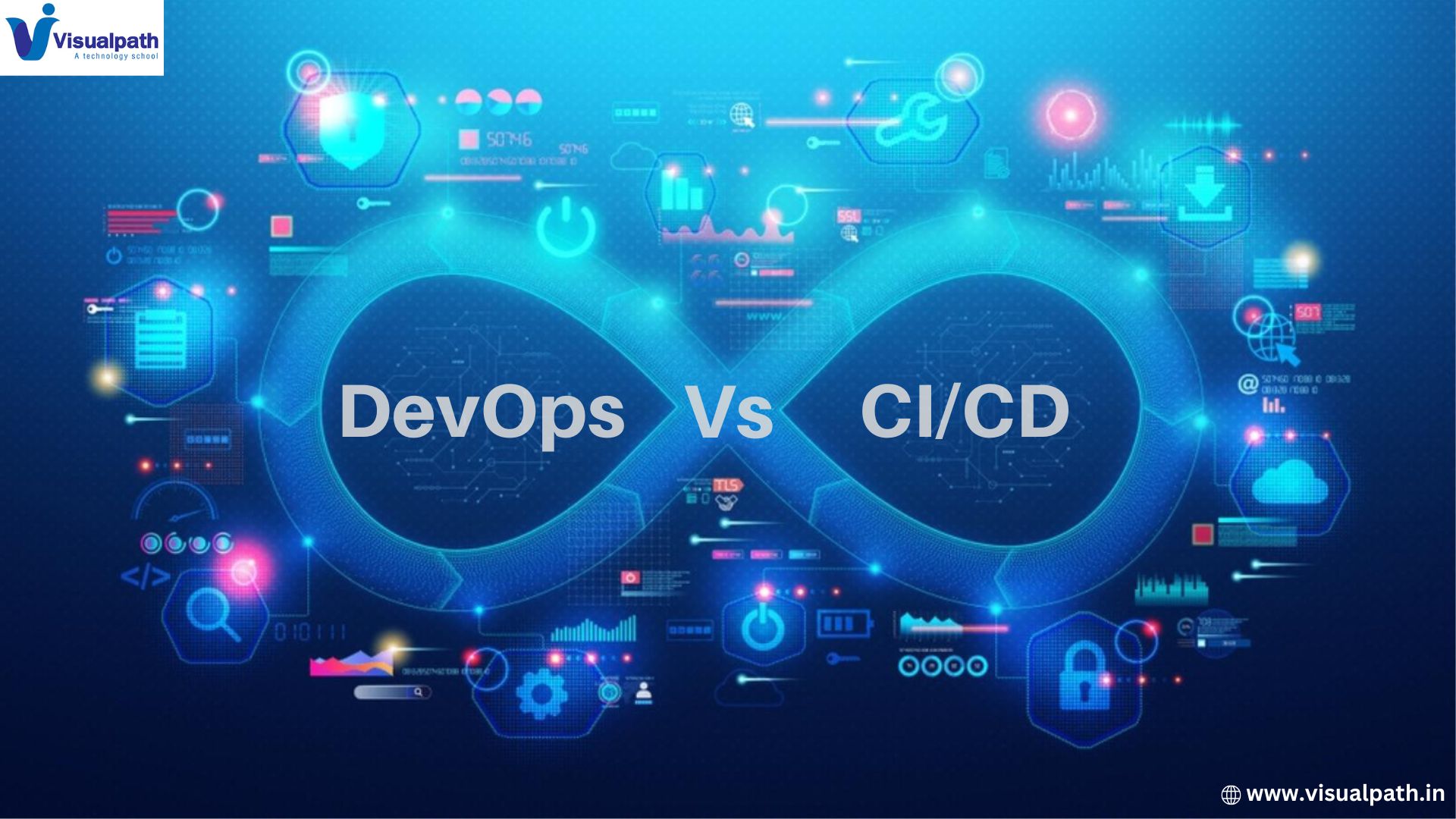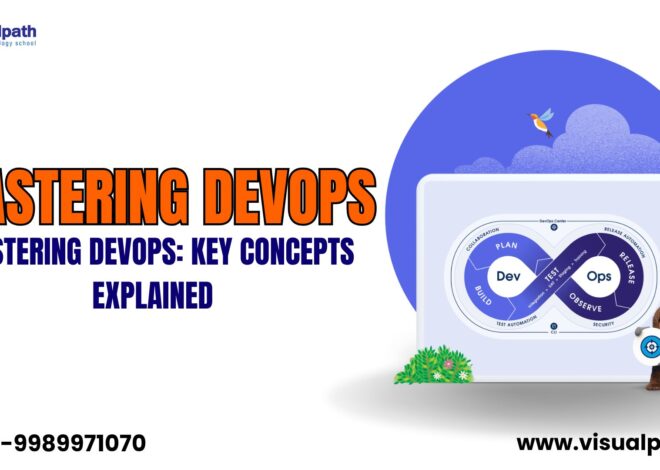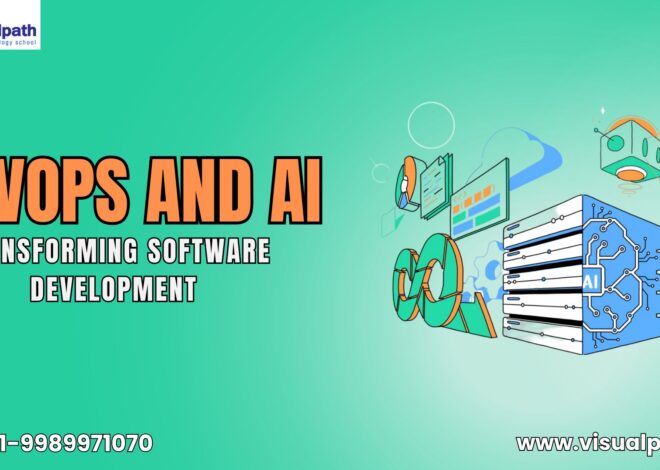DevOps and CI/CD, have emerged as powerful tools to streamline development and delivery. However, understanding the distinction between them is crucial for optimal implementation. While both aim to accelerate software delivery, they operate on different levels. This article explores the core differences between DevOps and CI/CD, examining their purposes, benefits, and how they work together to create a robust development pipeline.
Unveiling DevOps: A Cultural Transformation
DevOps is more than just a set of practices; it’s a cultural shift that fosters collaboration and breaks down silos between development (Dev) and operations (Ops) teams. Traditionally, these teams worked independently, causing bottlenecks and sluggish deployments. DevOps bridges this gap by promoting shared responsibility for the entire software lifecycle, encompassing everything from planning and coding to deployment and monitoring.
Key components of the DevOps culture include the following:
- Collaboration: DevOps emphasizes open communication and teamwork between Dev and Ops. This fosters a shared understanding of the project’s goals and challenges.
- Automation: Repetitive tasks are automated using tools and scripts, freeing up time for developers and operations personnel to focus on higher-level activities.DevOps Training
- Shared Metrics: Both teams track and measure the same metrics, such as deployment frequency and lead time, ensuring everyone is working towards the same objectives.
- Continuous Feedback: Continuous monitoring and feedback loops are established to identify and address issues early in the development lifecycle.
The benefits of adopting a DevOps culture are numerous. Faster release cycles, improved software quality, and increased agility are just a few. Additionally, DevOps can lead to a more positive work environment where teams feel empowered and take ownership of the entire software delivery process.
Demystifying CI/CD: The Automation Engine
CI/CD (Continuous Integration and Continuous Delivery/Deployment) is a set of practices and tools that automate the software delivery pipeline. It focuses on streamlining the process of integrating code changes, testing them, and deploying them to production environments.
Here’s a breakdown of the core practices within CI/CD:
- Continuous Integration (CI): Code updates are regularly committed by developers to a common repository. Automated build and testing tools are triggered on each commit, ensuring code quality and preventing integration issues. DevOps Online Training
- Continuous Delivery (CD): Once testing is complete, the software is automatically packaged and deployed to a staging environment. This allows for rigorous testing in a near-production environment before pushing to production.
- Continuous Deployment (Optional): In some DevOps workflows, deployments to production are also automated, enabling frequent and reliable releases.
The advantages of implementing CI/CD are undeniable. Faster deployments, reduced risk of regressions, and improved software quality are all significant benefits. Additionally, CI/CD provides valuable feedback loops that help developers identify and fix issues early in the development cycle.
CI/CD as a Pillar of DevOps: A Symbiotic Relationship
While DevOps and CI/CD are distinct concepts, they work in harmony. CI/CD serves as the automation engine within the broader DevOps culture. Here’s how they work together: DevOps Training Online
- DevOps establishes the foundation: The cultural shift fostered by DevOps encourages collaboration, shared responsibility, and a focus on continuous improvement. This creates the ideal environment for CI/CD practices to thrive.
- CI/CD automates the pipeline: By automating repetitive tasks like building, testing, and deployment, CI/CD tools streamline the software delivery process, enabling faster releases.
- Continuous feedback fuels DevOps: Data generated by CI/CD pipelines provides valuable feedback on the health of the software and the efficiency of the delivery process. This feedback loop allows DevOps teams to continuously improve their practices.
In essence, DevOps provides the cultural framework, while CI/CD offers the automation tools. Together, they create a powerful synergy that drives faster, more reliable software delivery. DevOps Training in Hyderabad
In Conclusion:
DevOps and CI/CD are not interchangeable terms, but rather complementary practices. DevOps provides the cultural foundation for collaboration and continuous improvement, while CI/CD offers the automation tools to streamline the software delivery pipeline. By embracing both, development teams can achieve significant improvements in speed, efficiency, and software quality. DevOps Training in Ameerpet
Visualpath is the Leading and Best Software Online Training Institute in Hyderabad. Avail complete DevOps Training Worldwide. You will get the best course at an affordable cost.
Attend Free Demo
Call on – +91-9989971070




